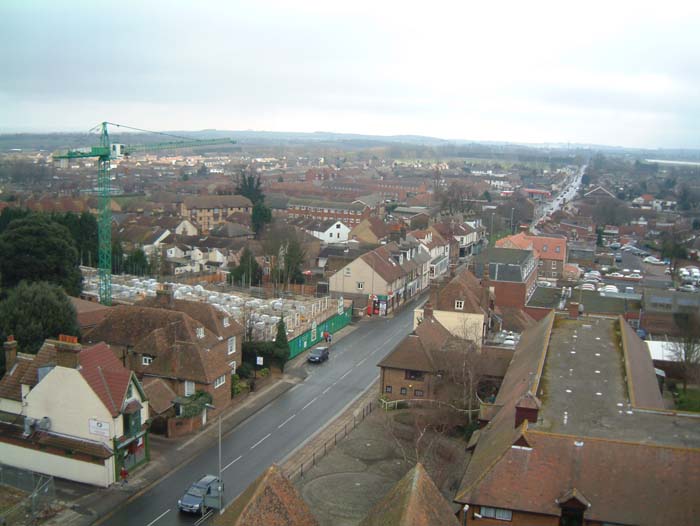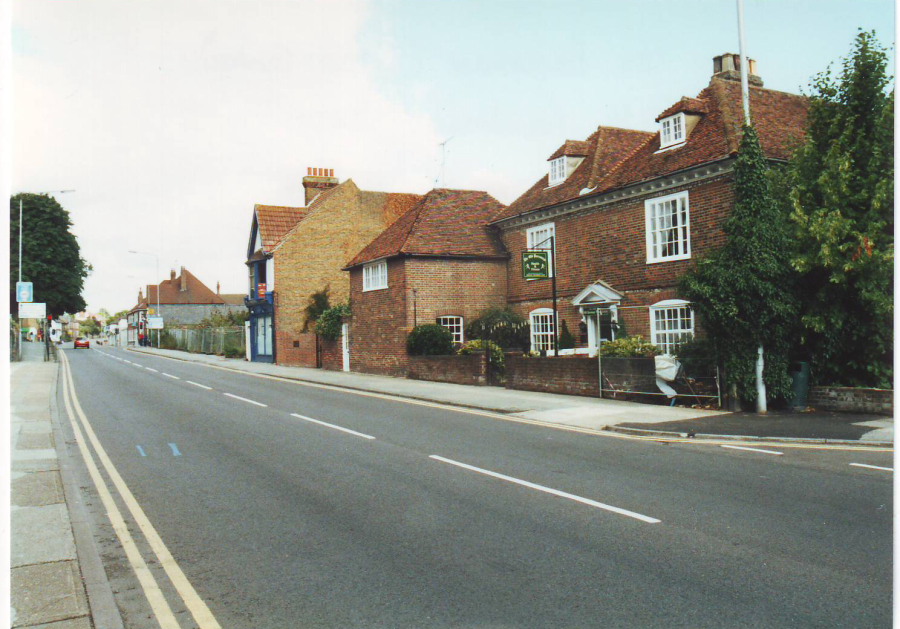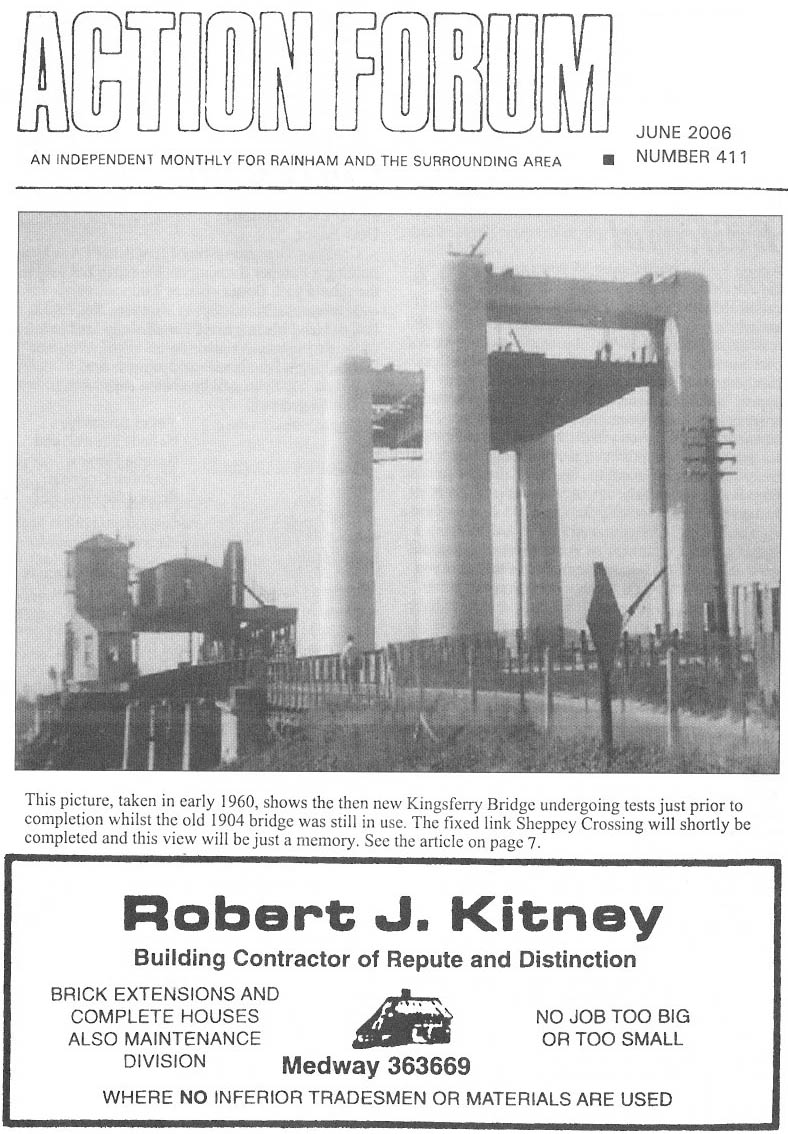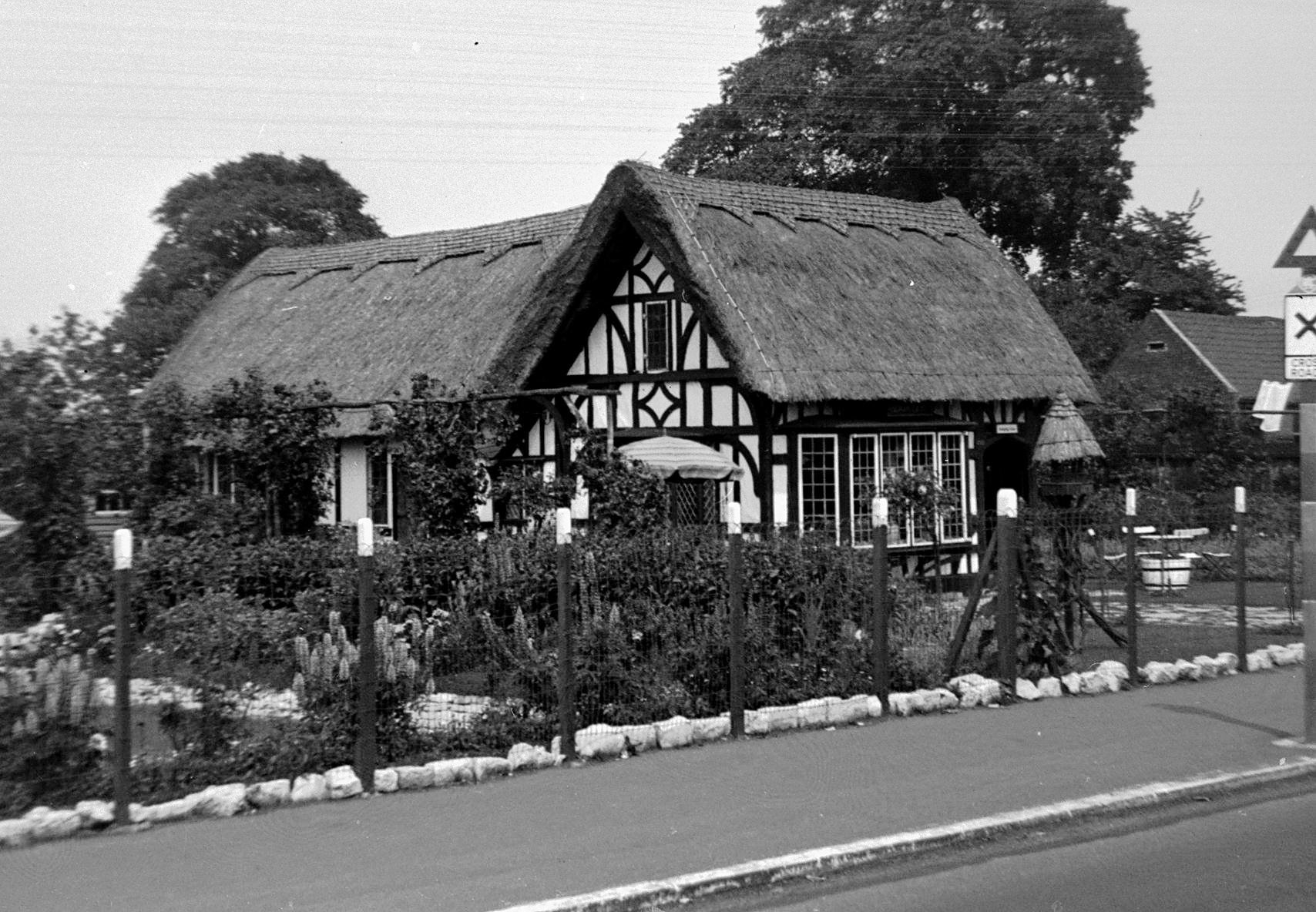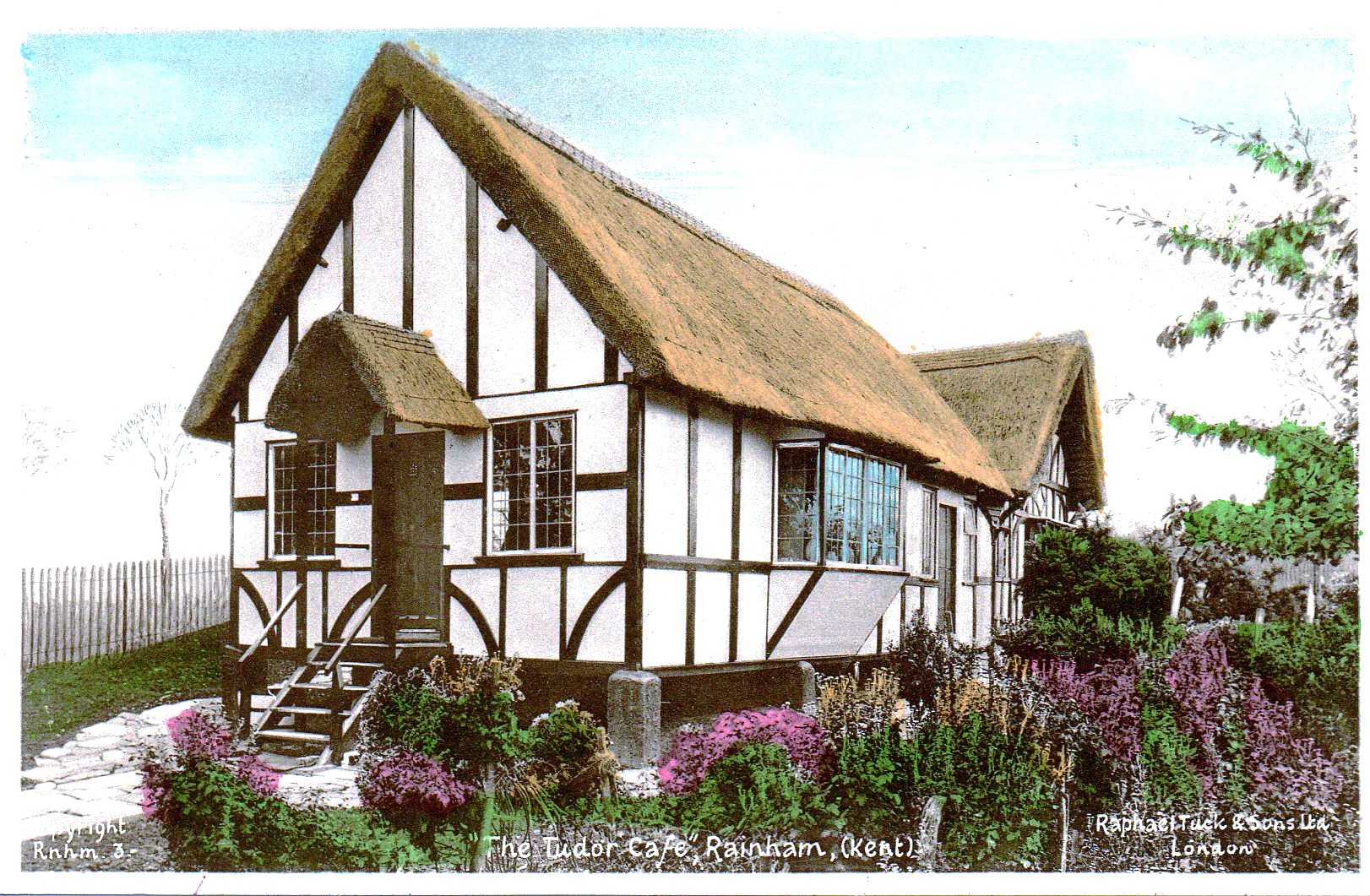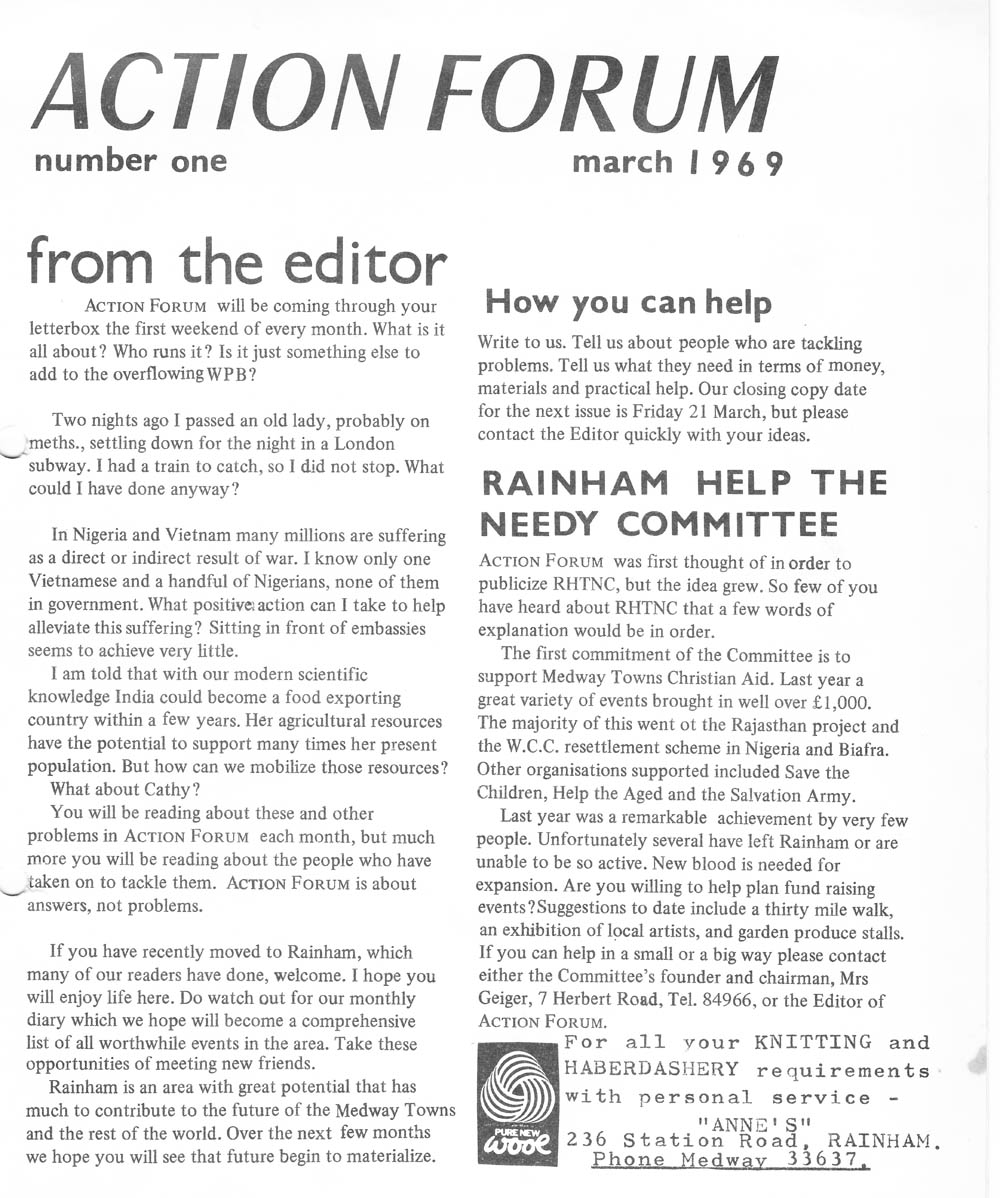Rainham School for Girls
RAINHAM SCHOOL FOR GIRLS
Dear Editor,
It was in 1932 that the children who were eleven years and over learned that we would be going to a new school, then being built in Orchard Street. So would all the children of the same age from Upchurch, Lower Halstow, Hartlip, Bredhurst, Hempstead and of course those from the C of E at the top of Station Road. I well remember the sadness that I felt as we who were being transferred to the ncw school were being shuffled around so that the classrooms we were leaving could be re-arranged for the new term after the hop-picking holiday. I was thirteen years old and had reached standard seven. It was the Solomon Road school that I attended from five years of age. I still remember the coloured beads on wooden frames that we learned to count on, small boards and chalk for writing and large varnished posters hung over the blackboard for reading instruction, starting with 'The cat sat on the mat', and progressing to 'The fish is on the dish'. The alphabet was learned phonetically. The teacher was Mrs Springate who wore a long black skirt. Up in standard three was a Miss Springate who also wore a long skirt which she whacked with a cane to maintain discipline.
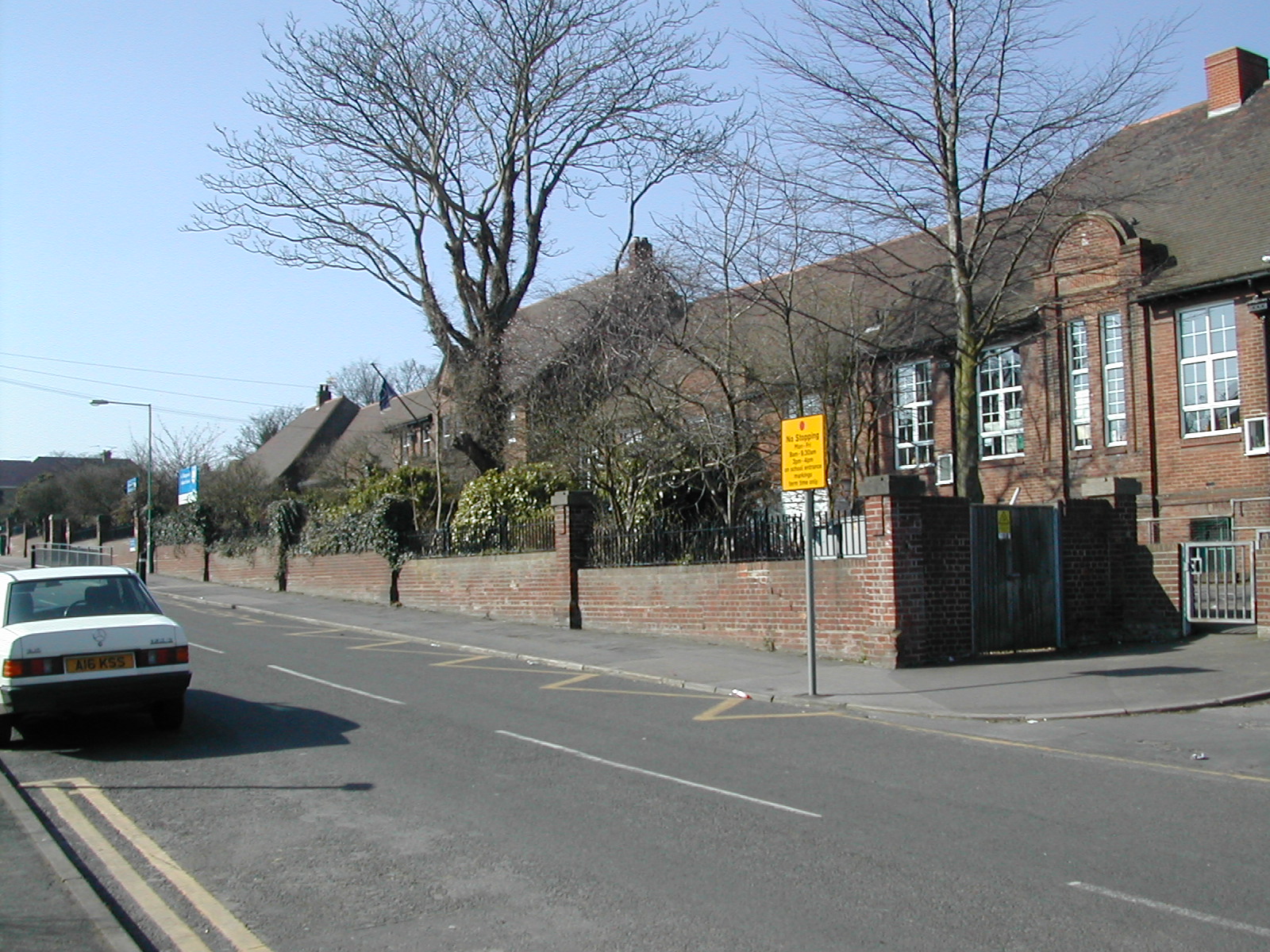
Two of the staff from Solomon Road were moving on to the ncw school, Mrs Smith (known as Titch), and Miss Lott, teachcr of standards six and seven and X seven. X seven consisted of the few girls who had reached the end of the existing system but not yet attained the age of fourteen, and so could not leave. At some time our parents had received letters informing them and us as to which form we would be in on arrival at thc new school. Also a list of the uniform they hoped that we would bc wearing, navy gymslips, navy knickers and soft soled plimsolls. Thus we said goodbye to our old schools, many of us to spend the next three or four weeks in the hop fields to earn money for new shoes etc for the coming winter. At last came the start of everything new. I ~alked past the Otterham brickfields, through the allotments, past the old school, the length of the High Street, turned into Orchard Street and soon came to the gate of the new school. Buses were bringing in children from the villages, but I don't remember much confusion, somehow we found our form rooms. Mine was three A, the top form, Miss Austin being the mistress. Everything was so new and shiny, even the books. The first shock was that when the lesson ended we had to change rooms and teacher for the next one to begin. We had, of course, been used to one teacher and one room for all subjects. The next and greater shock was going into the gym hall and being told by a very short-skirted mistress to remove our gymslips and parade in our knickers. Girls did not show their knickers in those days! but we soon got used to it, though I never did manage to conquer the vaulting horse.
The next great discovery was the science laboratory. Imagine girls coming from homes with no gas or electricity suddenly being confronted with Bunsen burners on their desks in front of them. The domestic science rooms with what was then the latest cquipment. The art room with a special teacher, quite young, blonde and in our eyes very glamorous, Miss Jones. We soon settled down, and sadly I came to the end of my first and only year. I was fourteen and had to go out into the world of work. I considered that I was privileged to have had that final year of education at such a good school, and I am sure that girls from the villages must have gained a lot of experience that their tiny village schools were not able to supply. At eighty-two years I am still thankful to the school and staff for the wonderful year that I spent there. (My next two years in domestic service were not so happy, but that's another story.)
Joan Wiles (Mrs) (nee Baker)


















































































































































